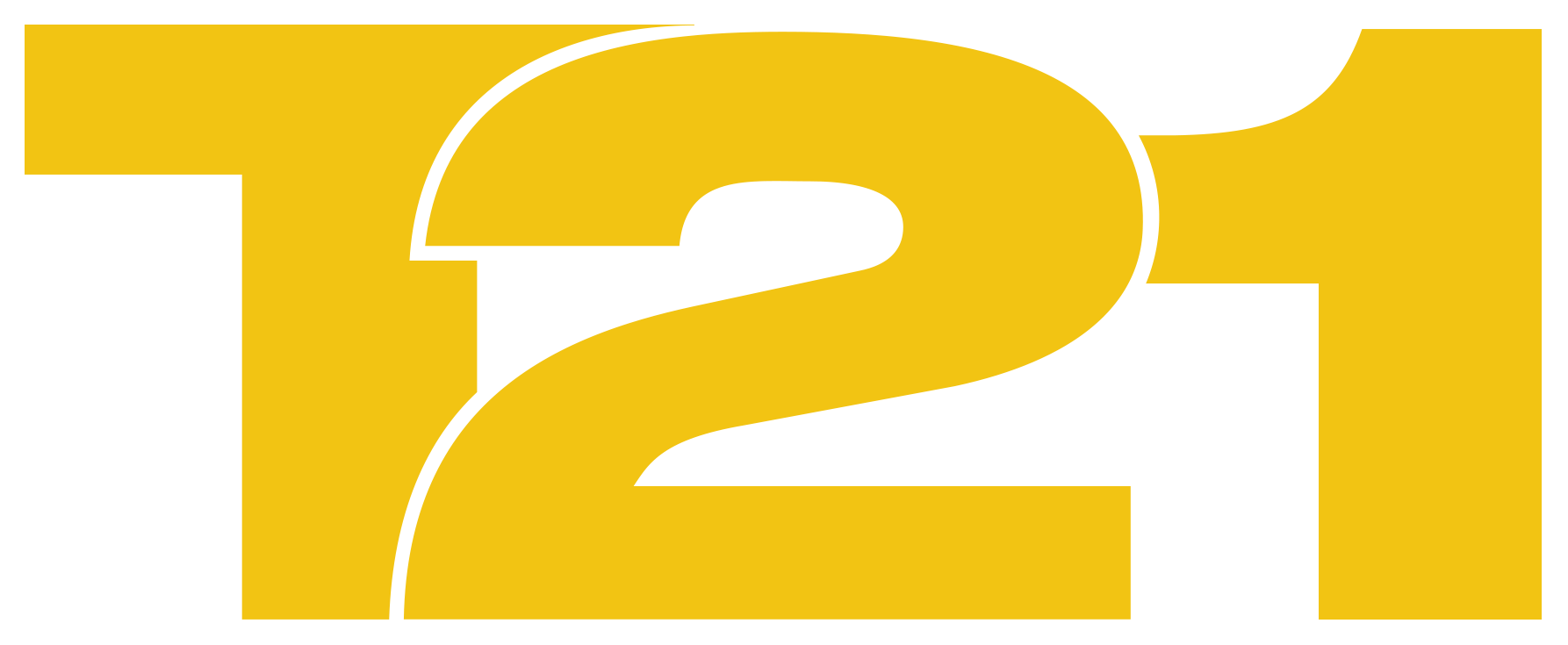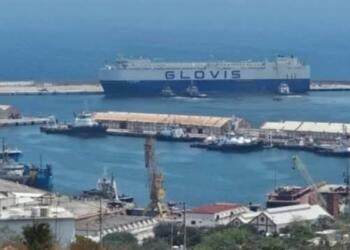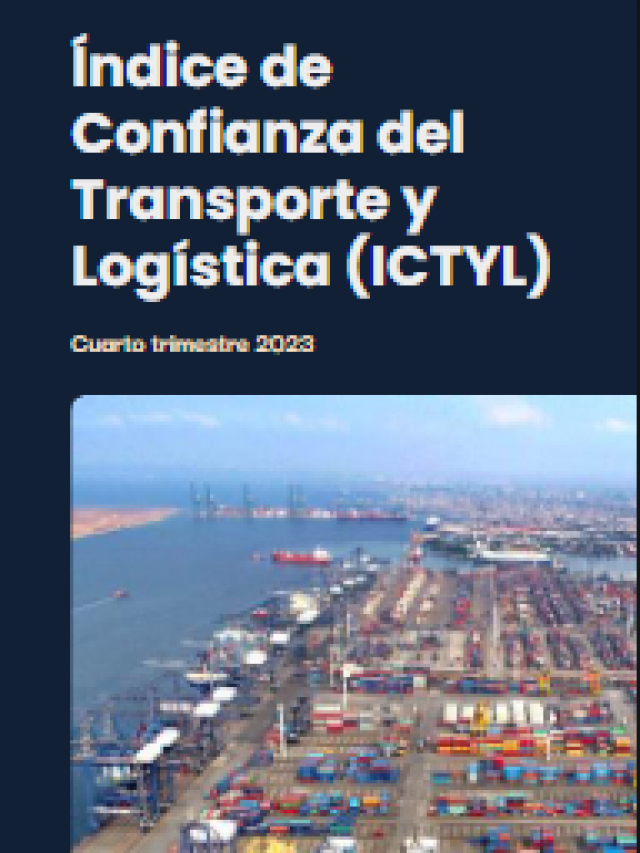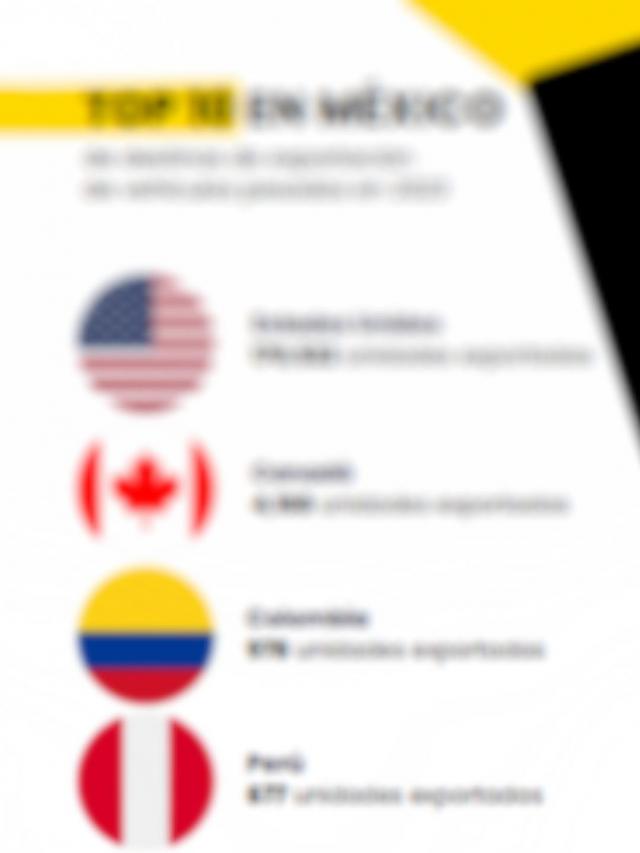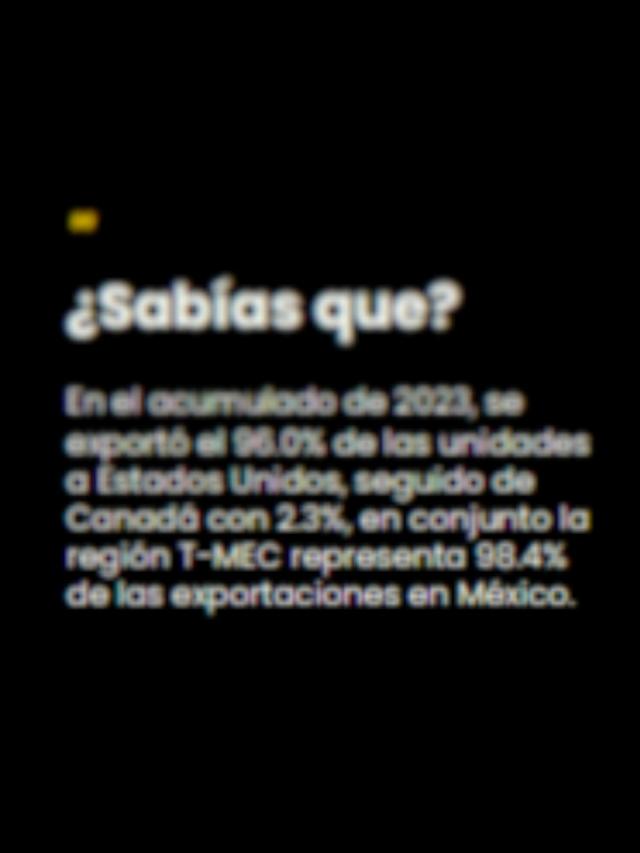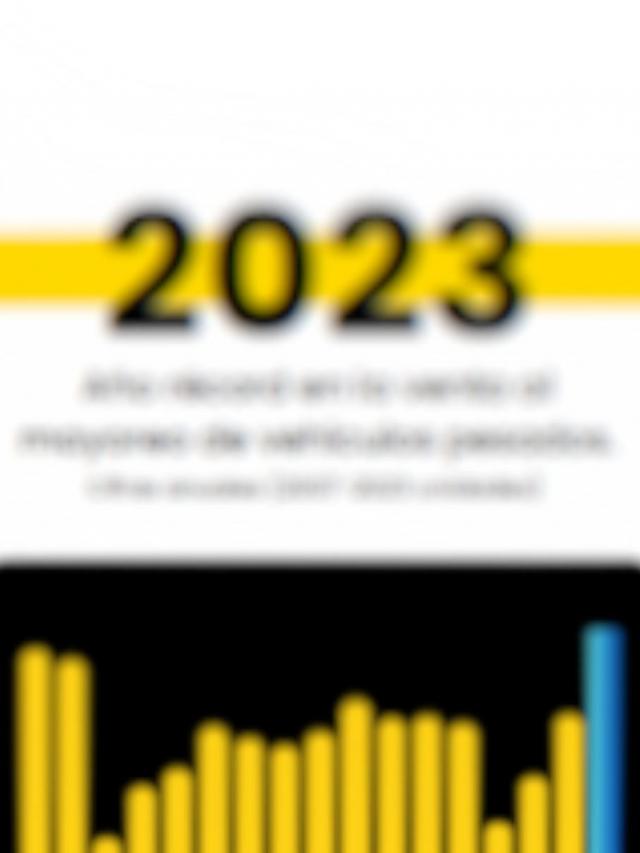
Amid a context of trade tensions, tariff uncertainty, and port congestion, the Strategic Bonded Enclosure (RFE) in Mexico is taking on new importance for companies seeking efficiency, flexibility, and certainty in their foreign trade operations.
With this vision, SIEM Business has implemented its new RFE in Tlaxcala, consolidating a strategic logistics hub in the heart of the country.
“This system has been in place in Mexico for years, but it hadn’t been fully exploited. Today, given the need for more flexible logistics solutions, the RFE is becoming crucial,” explained Sergio Islas, CEO of SIEM Business, in an interview.
This figure was created in 2002, one of the customs regimes provided for in article 90 of the Customs Law , where there are various possibilities and benefits for any type of merchandise, except for those indicated in Annex 29 of the General Rules of Foreign Trade (hydrocarbons).
Under this customs regime , merchandise of foreign, domestic, or nationalized origin can be received for various activities: storage or custody; minor manufacturing processes to ensure the merchandise complies with commercial regulations, such as labeling; and manufacturing, processing, or repair , among others, with very specific levels and security measures under the Customs Law.
One of the greatest advantages of this customs regime is that in all these activities , payment of foreign trade taxes can be deferred until the operator extracts the merchandise and decides its destination, allowing them to keep their inventory nearby without temporarily paying these taxes.
“The important thing is that it allows for safe, fiscal, and completely legal operations, but with an agility not found in traditional customs clearance,” Islas emphasized.
SIEM Business’s new RFE is located five minutes from Arco Norte, on a five-hectare site with 35,000 square meters of roof space.
Islas emphasized that there is a quick connection to the main land routes, Puebla International Airport, Felipe Ángeles International Airport (AIFA), Mexico City International Airport (AICM), and customs offices in Veracruz, Manzanillo, Lázaro Cárdenas, and even borders like Tijuana and Nuevo Laredo.
“The location is ideal for serving industries in the center of the country, such as the automotive, steel, and chemical industries. Many of these sectors face high logistics costs or downtime. Here we offer a complete ecosystem, from warehousing and labeling to customs clearance and transportation,” said the executive.
One of the lesser-known benefits of the RFE is that it allows foreign companies to operate in Mexico without legal representation . This has sparked interest from global companies, particularly those that used to distribute from the United States to Central and South America and now face higher tariff barriers.
“The RFE allows you to import, store, and redirect merchandise without committing large initial payments. For example, you can bring in 10 containers, store them, and pay taxes only on what you use. This translates into self-financing for companies,” Islas explained.
Although there are more than 60 RFE authorizations in the country, few are actively operating, and Tlaxcala thus becomes one of the first entities outside the Bajío region, the northern border, or the ports to have an active and functioning facility.
Furthermore, RFEs can transfer merchandise between themselves without losing tax benefits, opening up the possibility of creating a more efficient logistics network.
“Merchandise can travel between facilities in different states without having to change regimes or pay taxes, which represents a great opportunity for industries with more complex supply chains,” Islas said.
Comment and follow us on X: @jenna_GH_/ @GrupoT21
